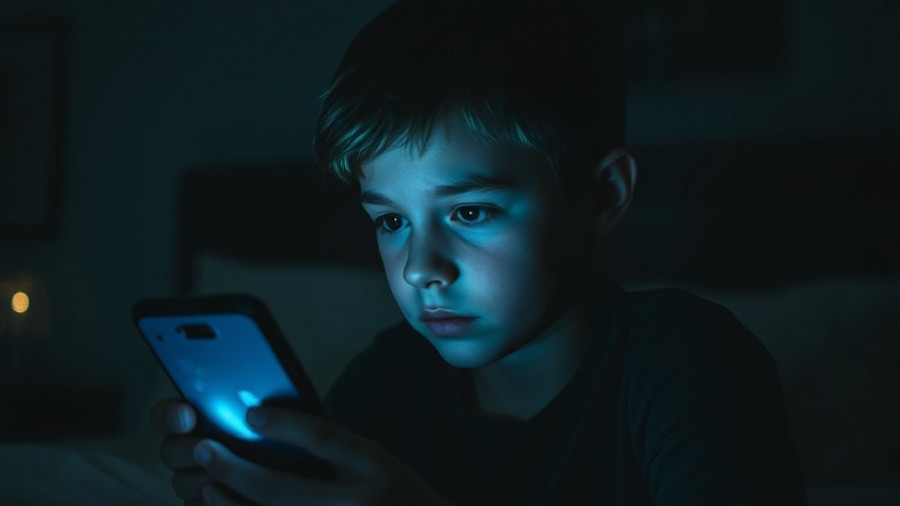
Understanding the Impact of Screen Time on Children's Health
In today's digital landscape, children have unprecedented access to screens, from smartphones to tablets and televisions. While technology offers educational benefits and entertainment, the rise in screen time has prompted growing concerns among health professionals and educators alike. Prolonged exposure to devices can lead to a range of health issues, including obesity, poor posture, and sleep disturbances. Not only does excessive screen time replace essential physical activity, but the blue light emitted from screens can disrupt natural sleep cycles, leaving children feeling fatigued and irritable.
The Sedentary Lifestyle Link
With the average child spending over seven hours a day in front of screens, the consequences are becoming increasingly apparent. As physical fitness declines due to inactivity, many children face health problems that were once less common at such a young age, such as type 2 diabetes and anxiety disorders. It's crucial for parents and caregivers to recognize that not only is the duration of screen time detrimental, but also the type of content being consumed. Engaging in sedentary screen activities limits the opportunities for children to move and play, directly affecting their physical and emotional well-being.
Creating Healthy Digital Habits
So how can parents get involved and manage their children’s screen time? The first step is establishing a family media plan that defines clear guidelines around device use. This plan should include screen time limits, content restrictions, and expectations for behavior related to technology. By modeling healthy screen habits and promoting educational programming, parents can help cultivate a positive relationship with digital devices.
Encouraging Outdoor Play and Physical Activity
To counteract the effects of excessive screen time, it's important to actively encourage alternative activities. Outdoor play not only aids in physical development but also fosters social skills and a sense of adventure. Consider organizing family outings that involve sports, hiking, or even gardening. Activities like these not only provide hands-on learning experiences but also strengthen emotional bonds among family members. Additionally, enrolling children in dance classes or sports teams can introduce them to the joy of movement while giving them a break from screens.
Screen-Free Family Activities
Promote creativity by encouraging children to engage in screen-free activities, such as reading, drawing, or crafting. These hobbies can stimulate critical thinking and artistic skills. Consider setting aside specific times each week for family game nights with board games or outdoor play dates, making it a routine part of family life. This approach nurtures children’s development by offering educational and fun alternatives to screens.
Final Thoughts and Moving Forward
The most important takeaway is the need for collaboration among parents, caregivers, and educators to safeguard the health of children in the digital age. As we work together to promote balance between technology use and physical activity, we lay the foundation for healthier, happier lives. As the saying goes, “It takes a village” — and in this digital age, safeguarding our children's well-being is a group effort. Let’s encourage our kids to explore the world beyond screens and embrace the adventures and joys of active living.
Taking proactive steps today will not only enhance our children's immediate health but also their long-term well-being. Let’s commit to fostering a balanced lifestyle that celebrates both the benefits of technology and the importance of physical activity.
 Add Row
Add Row  Add
Add 




Write A Comment